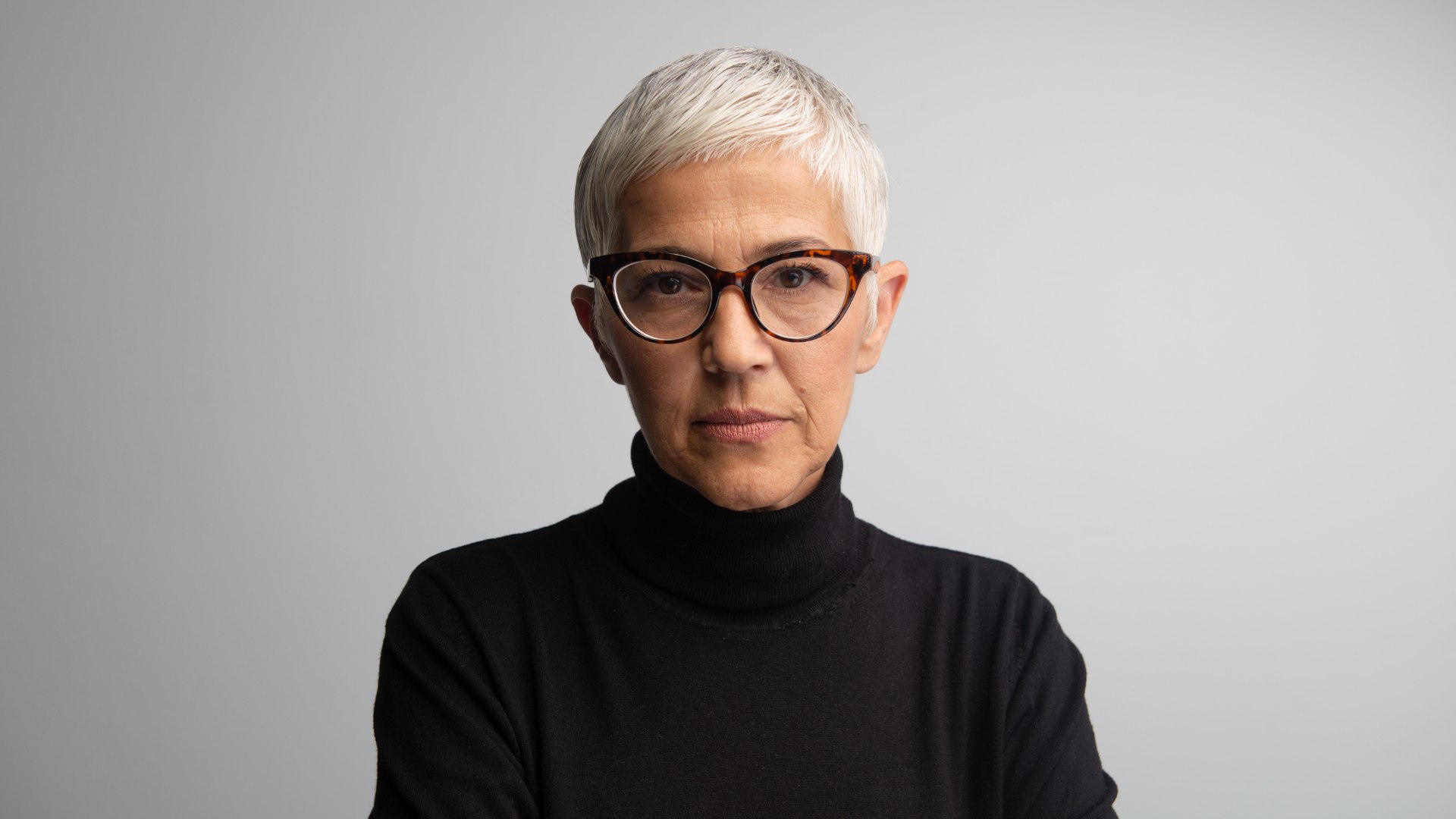| | | | | | | Presented By SmartAsset | | | | Axios Markets | | By Emily Peck and Matt Phillips · Feb 03, 2023 | | 😅 We made it to Friday! Happy jobs day to those who observe. Later this morning we'll get the January unemployment numbers for our first peek at the 2023 labor market. - Meanwhile, here's our jam-packed report on the economy, the stock market, and a philosophical question about office occupancy.
Today's newsletter is 1,115 words, 4.5 minutes. | | | | | | 1 big thing: The COVID economy is now the economy |  | | | Illustration: Annelise Capossela/Axios | | | | The Federal Reserve doesn't see the pandemic posing a risk to the economy anymore — an important milestone, Emily writes. - "COVID is no longer playing an important role in our economy," chair Jerome Powell told reporters at a press conference Wednesday.
Why it matters: The Fed chair's comments are a big deal, marking the end of an era — but they don't mean COVID is gone. Instead, the shocks of the pandemic have reshaped the very fabric of the economy itself. Zoom in: Powell was explaining why the FOMC dropped the term "public health" from the risk factors listed in its post-meeting statement this week. - COVID is still out there, it's worth emphasizing. Something Powell understands personally, he said. (He tested positive, with mild symptoms, in January.)
- But "people are handling it better, and the economy and the society are handling it better now," he said. It doesn't really need to be in "a post-meeting statement, as an ongoing economic risk — as opposed to, you know, a health issue."
The big picture: Some parts of our altered post-COVID economy are shifts that were already underway, and were accelerated by the pandemic. Others are new. The labor market: In the U.S. we've gone from a labor market of plenty to one of scarcity. A half-million workers died, many retired earlier than expected, and immigration fell. The workforce itself is still short on workers. - The labor force grew by an average of 1% a year in the postwar period, up till COVID, said RSM's chief economist Joe Brusuelas in a note late last year. Now growth has settled below 0.5%.
- That means higher wages and a landscape where workers have at least a smidge more power than before. It also means a stronger push toward automation wherever employers can do it — more fast-food ordering kiosks and drugstore self-checkouts.
Work itself: Office workers don't always work in offices anymore. It's leading to huge changes in cities — all those half-empty offices, the restaurants that no longer feed hordes of desk jockeys. - People working remotely want bigger homes; and more amenities in regions that didn't need them before. That has meant big changes in the real estate market.
Reshoring/friend-shoring: The pandemic's supply shocks, and increasing tensions with China, are pushing some companies to move manufacturing closer to home or at least toward "friendly" nations. - "Globalization, as we have known it, is ending," Brusuelas wrote. "The hyper-globalization that has dominated the global economy over the past 30 years is giving way to an era of regionalization that is radically altering the flow of trade, investment and technology."
The bottom line: The shocks of the past few years have changed so many people's lives — there's been so much loss — it would be weird if the economy didn't change, too. - Powell's comments show we're no longer living in the thick of the "COVID economy" — it's just the economy now.
Go deeper |     | | | | | | 2. Half-full or half-empty? |  Data: Kastle Systems; Chart: Axios Visuals Office occupancy hit a new post-pandemic record this week, at 50.4%, according to swipe data from Kastle Systems, Emily writes. Why it matters: Are the offices half-full or half-empty? Some executives might see crossing the 50% milestone as a sign of a comeback. But the figure has largely plateaued since September, hinting at a new reality where people work from home a lot more. Zoom out: "[T]he genie is out of the bottle," Scott Rechler, CEO of property developer RXR, told the FT. The commercial real estate market is adjusting to this new reality of not only empty offices but higher interest rates — forcing developers to make some choices. - In New York City, the FT notes, some office buildings — the fancy, ultra-modern ones — will make it through this change. "Dated buildings in humdrum locations will spiral into obsolescence," the FT writes.
|     | | | | | | 3. Catch up quick | | 📉 Apple, Alphabet and Amazon slumped after reporting earnings after the close Thursday. (Axios) 🚘 Ford's 4Q profit drops 90%; says more cost cuts coming. (AP) 🏈 Twitter pushes to win back advertisers for Super Bowl weekend. (WSJ) |     | | | | | | A message from SmartAsset | | This billion dollar startup wants to help you retire | | |  | | | | This Princeton grad's startup raised $161 million to help people plan for retirement. SmartAsset simplified the time-consuming process of finding a financial advisor with a free, 5-minute quiz — now you can easily get matched with up to 3 vetted advisors serving your area. Try it yourself. | | | | | | 4. Why investors are suddenly loving life |  Data: CME Group; Chart: Axios Visuals Markets have turned downright frisky, as the fear of endless Federal Reserve rate hikes fades, Matt writes. Driving the news: The S&P 500 posted its third-straight gain of more than 1% on Thursday. The Nasdaq continued its recent romp too, rising 3.3%. - So far in 2023, the Nasdaq — which is especially sensitive to falling interest rate expectations — is up a rip-roaring 16.6%.
Zoom in: Facebook's parent company, Meta, was a massive winner yesterday. - Its shares jumped 24.4% after news that it was about to get a favorable ruling in an antitrust suit filed against it by FTC, and its own announcement of better-than-expected earnings and a plan to dump $40 billion into repurchasing stock.
- Other tech giants surged as well.
Between the lines: As is often the case, the real driver of the stock market is actually the bond market. (We've written about this a bunch.) - The Fed's skimpy quarter-point rate increase on Wednesday, and chair Jerome Powell's clear acknowledgment of the inflation slowdown, have investors betting that few — if any — hikes for the Fed funds rate are still to come from the central bank.
- We know this from looking at data from the market for Fed funds futures, where investors speculate and hedge positions using futures contracts on the short-term rate that the Fed raises (or lowers) to slow (or stoke) the economy.
State of play: Data provided by the CME Group, where Fed funds futures trade, show the market-implied odds of the Fed funds rate hitting 5% at the central bank's May meeting have fallen rapidly in recent months. - Context: This is despite official statements by the Fed that it expects to get to 5% this year (the target range is now 4.5%-4.75%).
- Back in November, before the Consumer Price Index started to show that inflation was slowing sharply, the odds were upward of 70%.
- Now, the futures market puts odds of the Fed raising the rate to 5% — that would likely be a quarter-point increase at the next two meetings — at basically one in three.
The big picture: Decent Q4 earnings reports, coupled with easier-than-previously-thought Fed policy and better-than-expected gross domestic product numbers, have given the markets a heckuva lift to start the year. The other side: Not everybody believes this rally is for real. Mike Wilson, an equity strategist at Morgan Stanley, says the upsurge is another head fake and investors are mired in a bear market. - "What's happening now is just another bear market trap, in our view, as investors have been forced once again to abandon their fundamental discipline in fear of falling behind or missing out," Wilson wrote earlier this week.
|     | | | | | | A message from SmartAsset | | The smart way to withdraw from your investment accounts | | |  | | | | Withdrawing from your investments in the right order could help save you years of income in unnecessary taxes. What you need to know: - Start with your investment income.
- Don't automatically claim Social Security benefits at 62.
- Delay Roth IRA withdrawals.
Read more of SmartAsset's tips. | | | | Was this email forwarded to you? Sign up here to get Axios Markets in your inbox. Today's newsletter was edited by Kate Marino and copy edited by Mickey Meece. |  | | Why stop here? Let's go Pro. | | | | | | Axios thanks our partners for supporting our newsletters.
Sponsorship has no influence on editorial content. Axios, 3100 Clarendon Blvd, Arlington VA 22201 | | | You received this email because you signed up for newsletters from Axios.
To stop receiving this newsletter, unsubscribe or manage your email preferences. | | | Was this email forwarded to you?
Sign up now to get Axios in your inbox. | | | | Follow Axios on social media:    | | | | | |







No comments:
Post a Comment